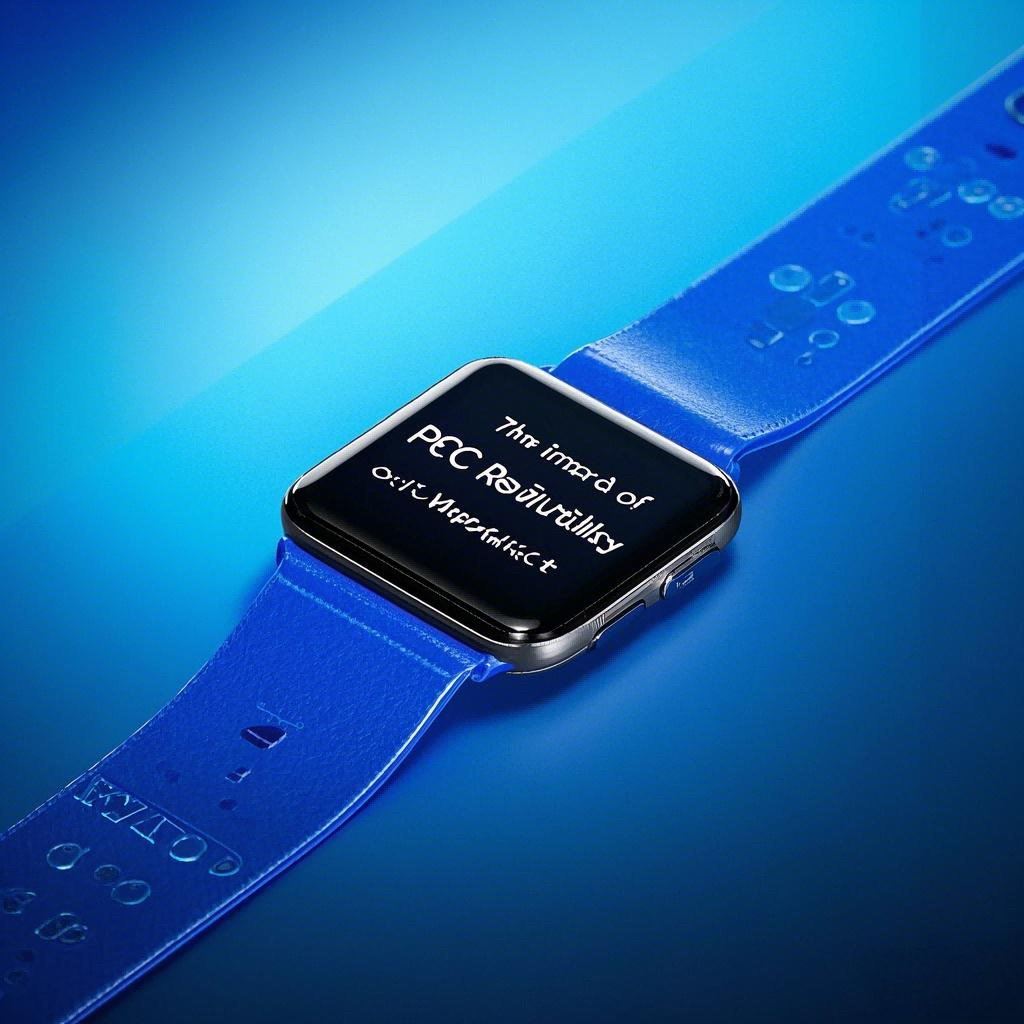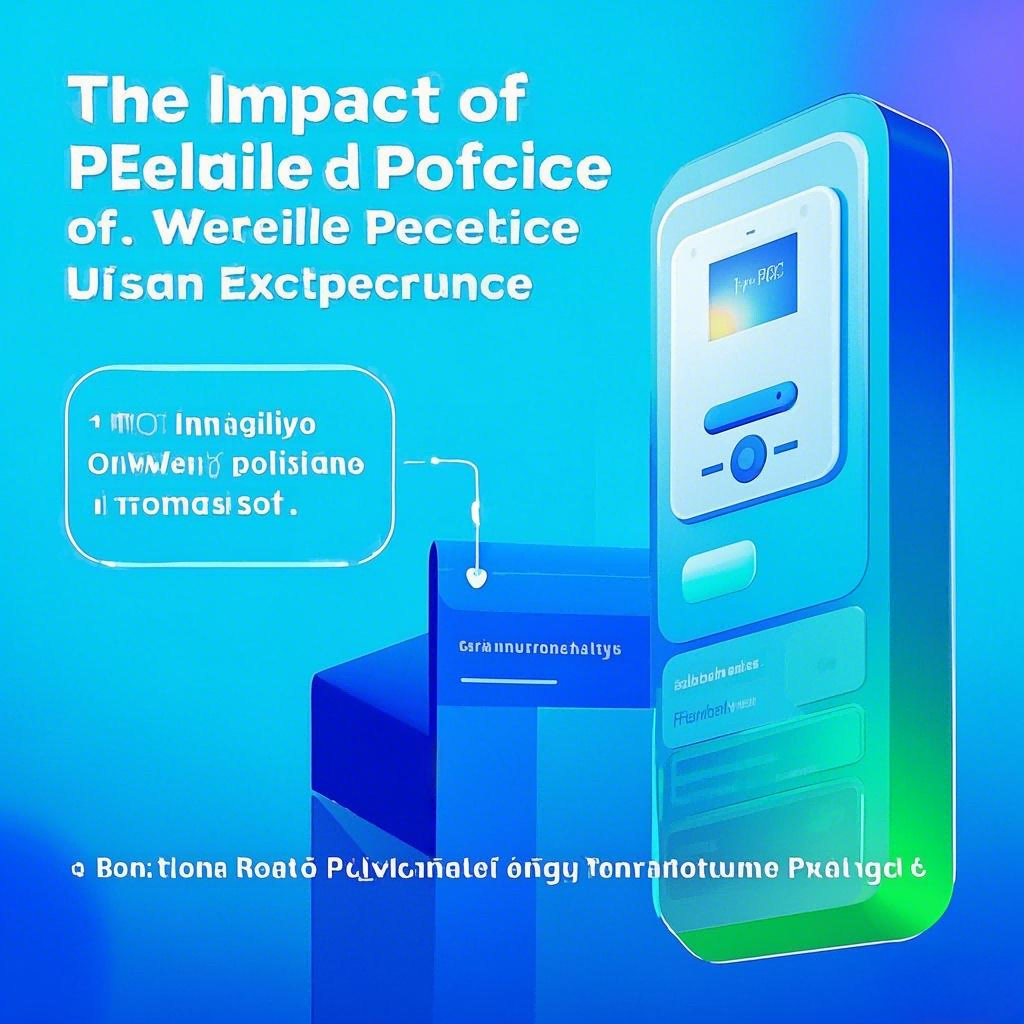The Impact of FPC Reliability on Wearable Device Performance and User Experience
- Dec 30,2024
-
Share
I. Introduction
In the domain of wearable technology, Flexible Printed Circuits (FPCs) serve as a linchpin component, whose reliability wields a profound influence on diverse facets of the product's performance and the holistic user experience.

II. Impact on Product Performance
A. Signal Transmission
Electrical Continuity and Signal Integrity: Reliable FPCs are essential for maintaining unbroken electrical pathways and pristine signal integrity. In a state-of-the-art smartwatch, the FPC acts as the conduit between the sensor module, such as a highly sensitive heart rate sensor, and the central processing unit. If the FPC succumbs to open circuits, a consequence often attributed to factors like micro-cracks that may develop during the repeated flexion and torsion it endures, it can precipitate signal dropouts. This can lead to erratic or absent heart rate data transmission, thereby undermining the device's efficacy in providing real-time health monitoring. Additionally, for high-speed data transfer, as in the case of the Bluetooth-enabled communication within a fitness tracker, the FPC must possess consistent impedance characteristics. Unreliable FPCs, marred by impedance mismatches or signal attenuation due to material degradation or poor manufacturing processes, can result in distorted signals, slower data transfer velocities, diminished connection ranges, or even intermittent disconnections between the wearable device and its paired smartphone.
Noise Immunity and Crosstalk Mitigation: High-quality FPCs are designed to minimize electromagnetic interference (EMI) and crosstalk. In a wearable device with multiple sensors and communication modules in close proximity, such as a multifunctional health and fitness tracker, the FPC layout and shielding are crucial. If the FPC lacks proper shielding or has design flaws that allow EMI to penetrate, it can introduce noise into the sensitive sensor signals or cause crosstalk between adjacent signal traces. This can lead to inaccurate sensor readings, false alarms, or degraded communication performance, ultimately compromising the device's overall functionality.
B. Sensor Functionality
Accuracy and Precision: The reliability of the FPC is intrinsically linked to the accuracy of the sensors in wearable devices. For example, in a cutting-edge glucose-monitoring wearable, the FPC interfaces the glucose sensor, which operates on principles of electrochemical sensing, to the data-processing unit. If the FPC is susceptible to environmental factors such as temperature fluctuations or moisture ingress, perhaps due to inadequate encapsulation or material selection, it can introduce errors in the sensor readings. This inaccuracy can have far-reaching consequences for users who rely on the device for critical health-related decisions, potentially leading to incorrect medical interventions or misinterpretations of their physiological state.
Responsiveness and Latency: The FPC's reliability also dictates the responsiveness of the sensors. In a motion-sensing wearable device, such as a virtual reality (VR) or augmented reality (AR) accessory, the FPC must rapidly and accurately convey the sensor signals to the device's control system. Unreliable FPCs with sluggish response times, often caused by poor electrical contact or damaged conductive traces, can result in delayed or missed sensor inputs. This can lead to a degraded user experience in applications that demand real-time feedback, such as immersive gaming or gesture-controlled interfaces, where even a slight delay can disrupt the illusion of seamless interaction.
C. Power Delivery
Efficient Power Distribution and Voltage Regulation: In wearable devices, FPCs are integral to the power distribution network. A reliable FPC ensures the efficient conveyance of power from the battery to various components, including the display, sensors, and communication modules. In a sophisticated smart eyewear device, the FPC must offer a low-resistance pathway to supply power to the high-resolution display without significant voltage drops. Unreliable FPCs, afflicted by issues like corrosion-induced resistance increases or mechanical damage to the conductive layers, can lead to power losses. This can manifest as a dimmed display, reduced functionality of power-hungry components, or even premature device shutdowns due to insufficient power availability, severely curtailing the device's usability.
Battery Life Optimization and Power Consumption Management: The reliability of the FPC can have a direct bearing on battery life. If the FPC has a latent short circuit or exhibits high-power-consuming defects, perhaps stemming from faulty connections or damaged circuitry, it can drain the battery at an accelerated rate. In a fitness-oriented wearable with limited battery capacity, such as a compact activity tracker, this can significantly curtail the device's operational time between charges, inconveniencing the user and necessitating more frequent recharging intervals.

III. Impact on User Experience
A. Comfort and Fit
Ergonomic Design and Physical Comfort: The reliability of the FPC can have a palpable impact on the physical comfort of the wearable device. If the FPC is overly rigid or bulky, perhaps due to the addition of excessive protective layers to compensate for reliability concerns, it can create discomfort for the wearer. For instance, in a wrist-worn fitness tracker, an inordinately thick or inflexible FPC can exert undue pressure on the wrist, leading to chafing or irritation. Conversely, a reliable FPC, meticulously engineered to be thin and flexible, allows for a more ergonomic and comfortable fit, enhancing the user's overall wearing experience and promoting longer-term usage.
Aesthetic Appeal and Style Integration: A well-designed and reliable FPC can contribute to the aesthetic allure of the wearable device. In fashion-forward wearables, where the device's appearance is as important as its functionality, a reliable FPC that is seamlessly integrated and devoid of visible signs of wear and tear, such as cracks, discoloration, or delamination, enhances the device's visual appeal. This aesthetic aspect can influence a user's perception of the device and their willingness to wear it in various social and personal settings.
B. Device Longevity and Trust
Durability and Long-Term Use: Users rightfully expect wearable devices to exhibit a reasonable lifespan. A reliable FPC, capable of withstanding the rigors of daily use, including repeated bending, exposure to sweat and other environmental contaminants, and temperature extremes, is pivotal in ensuring the device's longevity. In contrast, an unreliable FPC that fails frequently, perhaps due to subpar materials or inadequate manufacturing quality control, can lead to premature device obsolescence. This not only results in financial waste for the user but also engenders dissatisfaction and a lack of loyalty towards the brand.
User Trust and Brand Reputation: When users invest in a wearable device, they place implicit trust in its performance and reliability. A reliable FPC that consistently delivers accurate data, stable connections, and efficient operation fosters user trust. If a user's smartwatch experiences recurrent connection issues with their phone or provides inconsistent health data due to FPC-related glitches, they are likely to question the device's integrity and the brand's credibility. This can lead to negative word-of-mouth and a diminished likelihood of repeat purchases or recommendations to others.
C. Ease of Use
Uninterrupted Functionality and Seamless Operation: A reliable FPC is the cornerstone of a wearable device's seamless functionality. For example, in a wireless earbud, the FPC that interconnects the various components, such as the high-fidelity speaker, sensitive microphone, and Bluetooth communication module, must operate without a hitch. Unreliable FPCs that give rise to audio dropouts, microphone failures, or erratic Bluetooth connections can frustrate users during phone calls, music playback, or other audio-centric activities. This disrupts the user's immersion and enjoyment, making the device seem less user-friendly and diminishing its overall value proposition.
Low Maintenance and Hassle-Free Ownership: Users generally prefer wearable devices that demand minimal maintenance. A reliable FPC, engineered to resist common issues like moisture damage, mechanical wear, and chemical corrosion, reduces the need for frequent repairs or replacements. This ease of use and low-maintenance nature of the device enhance the user experience by freeing them from the hassle of dealing with technical glitches and costly servicing, allowing them to focus on the benefits and convenience the wearable device offers.
IV. Conclusion
The reliability of FPCs in wearable devices is an inescapable determinant of both product performance and user experience. Manufacturers must, therefore, place a premium on ensuring the production of high-reliability FPCs to fabricate wearable devices that not only meet but exceed the expectations of users in terms of functionality, comfort, and durability. This requires a holistic approach that encompasses material selection, advanced manufacturing techniques, rigorous quality control, and continuous innovation to address the unique challenges posed by the wearable technology landscape.


 Huaruixin Electronics mainly produces printed circuit boards as the core business, to provide customers with one-stop solutions for FPC/PCB production, components sourcing and Assembly.
Huaruixin Electronics mainly produces printed circuit boards as the core business, to provide customers with one-stop solutions for FPC/PCB production, components sourcing and Assembly.


